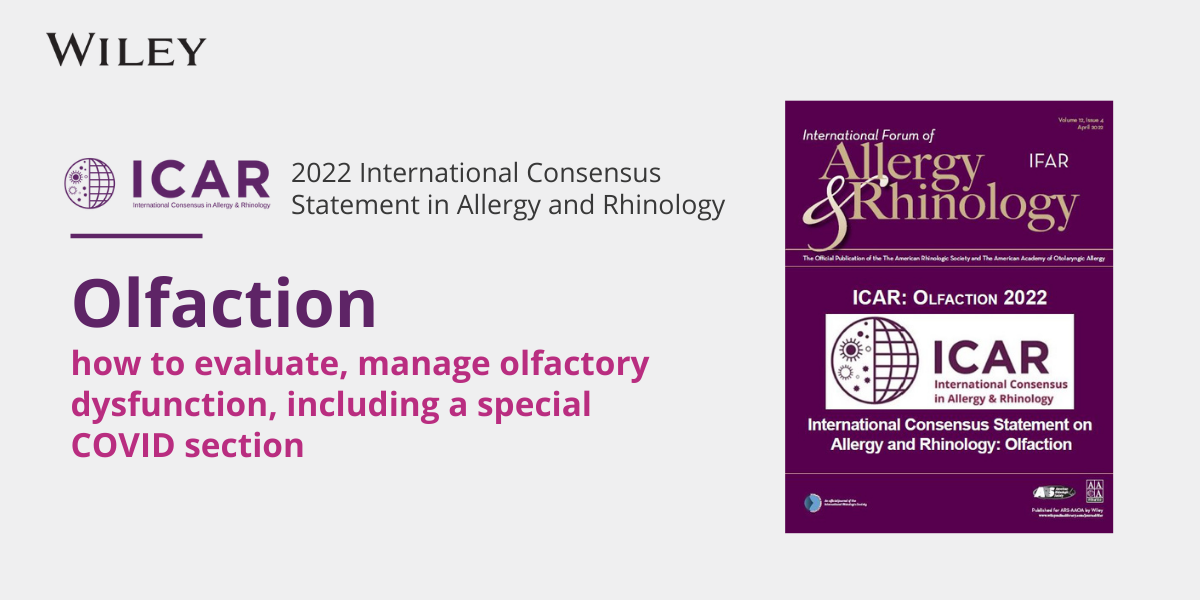By William Reisacher, MD, FAAOA Most people have heard about food allergies, or even know someone who had to run to the ER after eating a peanut or a shrimp. We have seen that food allergies on the rise, cost…
What Type Of Immunotherapy Is Right For Me?
By Jodi Zuckerman MD, FAAOA
Currently there are three forms of immunotherapy. After skin testing or blood testing, reactivity can be quantified to a specific allergen such as grass, dust mite, cat, ragweed. Immunotherapy is the process of presenting these antigens in a safe manner to the body to build protective antibodies overtime that could block the possible cascade of allergy symptoms when that allergen is presented. Immunotherapy is usually continued to 3-5 years with all forms currently available. Most physicians will want patients to have a plan to carry epi-pens while on immunotherapy.
Subcutaneous Immunotherapy (SCIT)
Subcutaneous immunotherapy is classic allergy shots. Vials are mixed with a small amount of the appropriate concentration of allergens that were determined significant based on the patient’s historical symptoms and positives on blood or skin testing. Usually shots will start 1-2x per week and extend out over time to monthly. The goal is to slowly elevate the amount of the allergen overtime to a maintenance dose. This requires weekly office visits. This form of immunotherapy is covered by most insurance carriers. While severe systemic reactions are very rare, there is a higher risk of systemic reactions with this type of immunotherapy.
Sublingual Immunotherapy (SLIT)
Sublingual immunotherapy is a newer concept but variation on the same concepts as SCIT. With this form of immunotherapy, allergens are mixed in a vial and applied under the tongue as drops. This form of immunotherapy can address multiple allergens. The build-up to maintenance is very quick, and patients are able to escalate without the need to come into the office weekly. Most patients will do their first trial in the office and then complete their treatment on their own, checking in with their physicians every few months. The risk of severe reactions is lower with SLIT. This is sometimes a better alternative to shots for patients with needle phobia, children, and those that travel or cannot come in weekly for shots. It is usually not covered by insurance and is an out of pocket expense.
Sublingual Tablets: Odactra, Grastek, Oralair, Ragwitek
Sublingual tablets are a form of sublingual immunotherapy in a dissolvable pill formation. These tablets are FDA approved and are covered by many insurance companies. Currently there are tablets available for allergy to dust mite, grass pollen, and ragweed. This form of immunotherapy addresses one antigen, but tablets are sometimes used in combination. The duration is the same as traditional immunotherapy and dosing is usually daily for the year or 12 weeks before and through the season of the allergen. Studies have shown risks similar to sublingual immunotherapy and these are generally well tolerated.
Which type of immunotherapy is best for patients is a joint decision between the patient and treating physician. Many factors are considered including availability to come to the office, tolerance of shots, financial considerations, and comfort with safety profiles. The allergy profile and patient preference will determine the best course of treatment.




